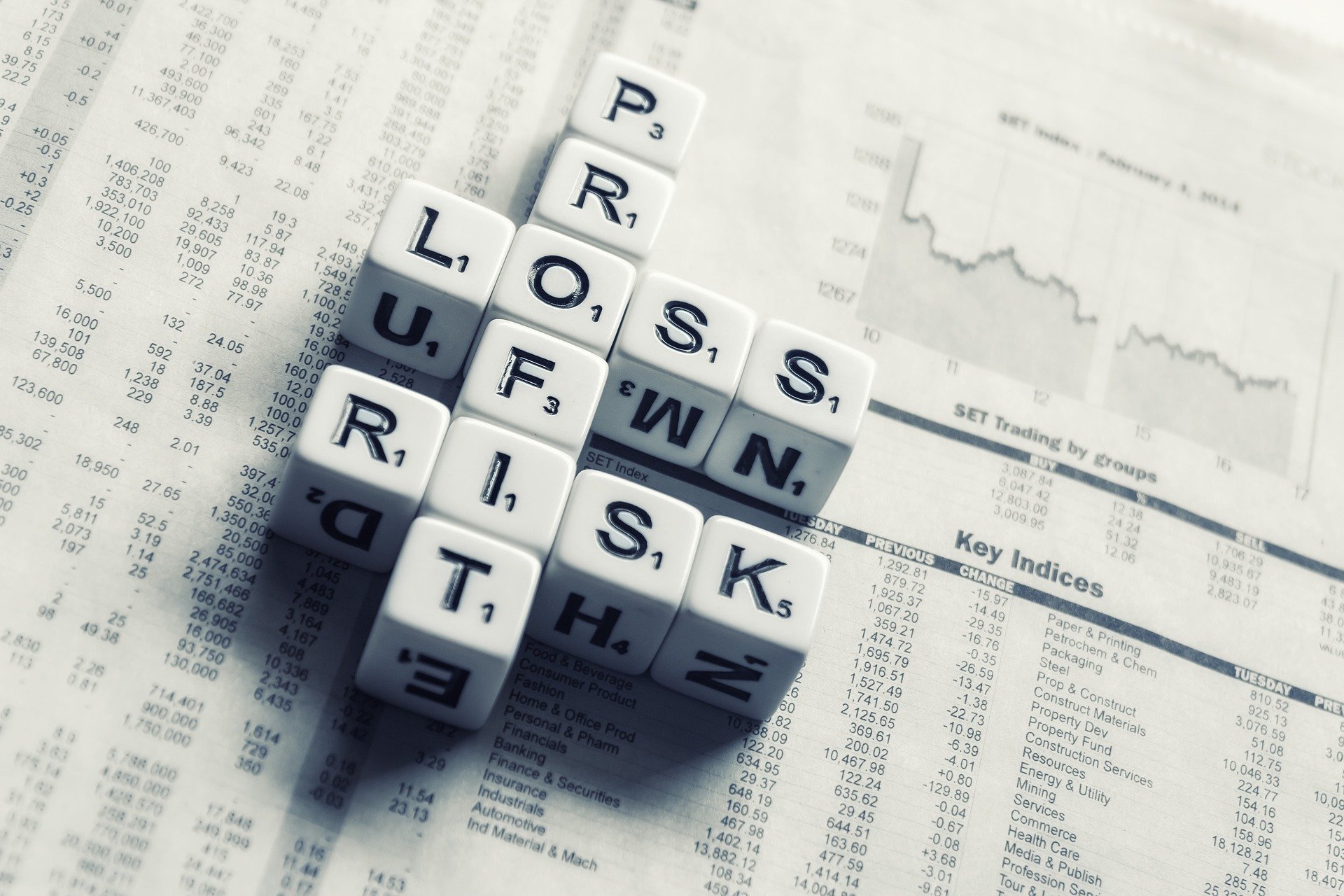You may have noticed an increase in stock market activity over the last week. Since last Friday we’ve seen several major swings in equities in both directions, with the ultimate result being a 10% correction in stock prices. Some (ourselves included) would say this is long overdue, considering what seemed to be an endless rally over the last decade. It seems the combination of higher budget deficits, increased inflation, and rising short term rates has sent ever-optimistic stock investors running for the hills.
A contributing factor to the stock market correction could be the overdue rise in longer term interest rates. Last year we watched as the Federal Reserve raised rates three times, with little to no effect on the yield of the 10 Year and other Treasuries. The bond market was not staying in step with short term rates, the stock market, or perceived economic growth, perhaps because of the persistent lack of inflation. Since January, though, we’ve seen Treasury yields move significantly – doing in six weeks what they were expected to do over nine months last year.
As a result of this drastic move, bond portfolios have seen a noticeable decrease in value. With the prospect of growing inflation, bond investors demand more yield. Yield moves in the opposite direction of bond prices. The good news for bond investors is that increased yields are finally becoming available. After nearly ten years in a low rate environment, this change is welcome even though it can drive down existing values.
The stock market correction and the rising Treasury yields help put the economic world back in focus. Last year, with stagnant interest rates and a persistent rally, it seemed the bond market, stock market, and economic forecasters were all on different pages. At the very least the last week has brought everyone closer to consensus on where the economy currently stands.
Questions remain for the future, though. Is inflation really on the rise? Will increased government spending and decreased taxes actually stimulate enough growth to keep the economy fueled? Will the Fed’s interest rate hikes dampen growth? The heartening side of this is that we are finally back in an economic cycle. As bond investors, we tend to benefit most from the edges of the cycle – when interest rates hit their top or bottom. It seems the long hiatus in a low yield environment is finally over. As a result, we hope to take advantage of bigger discounts and increased yields in the secondary market.
This information is not intended to be used as the only basis for investment decisions, nor should it be construed as advice designed to meet your particular needs. You are advised to seek the advice of your financial adviser, legal or tax professional, prior to making any investment decision based on any specific information contained herein.





